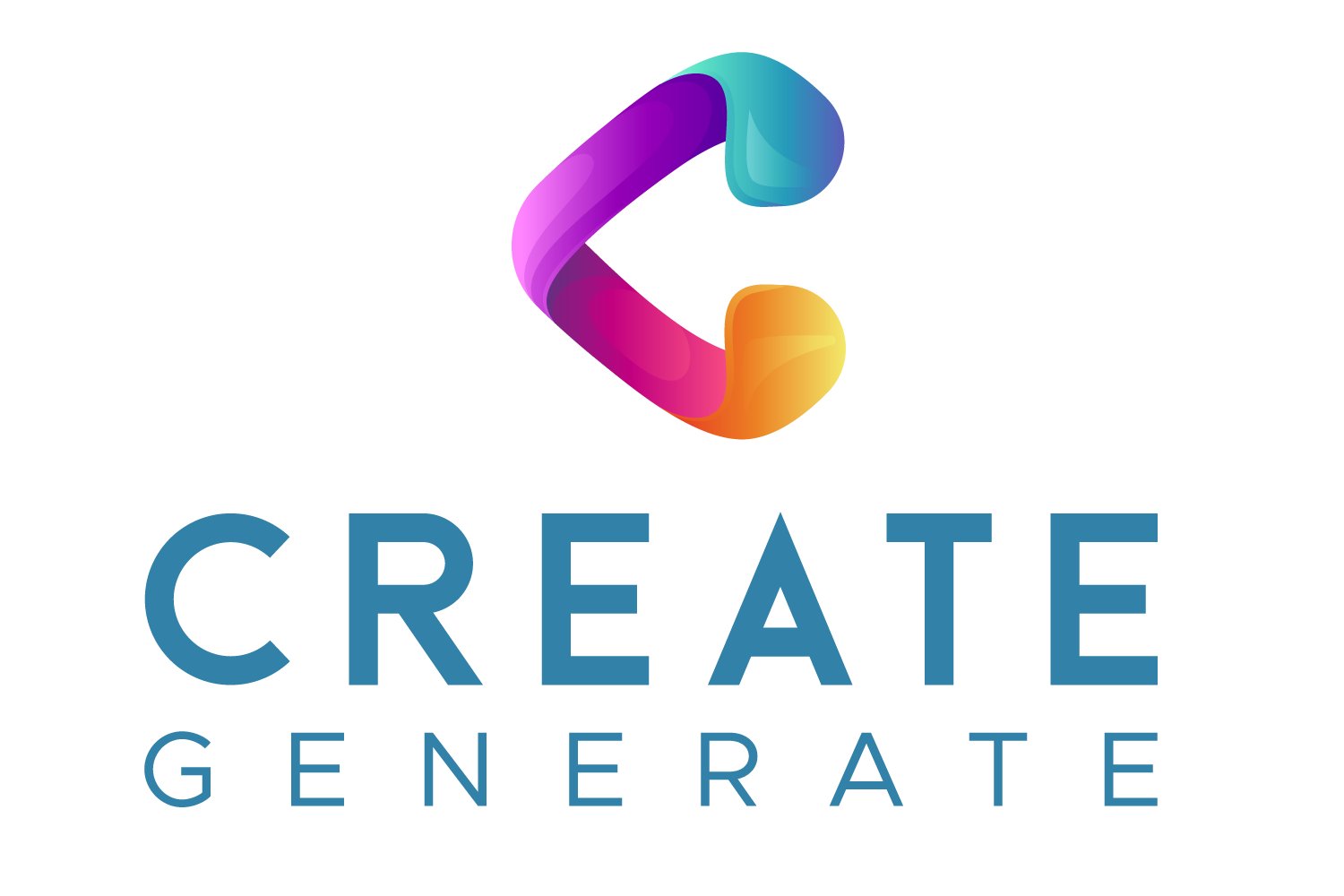In the world of sales and outreach, success isn’t measured by the sheer volume of contacts but by the quality of connections forged. Here we unveil the strategies and insights essential for constructing the perfect prospect list and paving the way for outreach success.
At the core of every successful outreach campaign lies a meticulously crafted prospecting list:
- Ensure strict compliance with applicable data protection laws
- Reaching out to individuals and businesses that align with your business objectives and offerings.
- Choose the most effective channels for contacting your target audience
- verify the current contact information of your prospects
Compliance
In the realm of b2b interactions, explicit consent for data processing is not always a prerequisite. Under the umbrella of a “legitimate interest,” businesses are permitted to engage in direct marketing with their business contacts without the explicit solicitation of consent. However, understanding what constitutes a “legitimate interest” for your prospects is paramount.
A genuine alignment between your product or service and the prospect’s professional role or organisational needs serves as a cornerstone of legitimate interest. By assessing factors such as job title and company, businesses can ascertain the relevance of their offerings to potential prospects, thereby establishing a legitimate basis for engagement.
Moreover, the expectation of outreach is a key consideration in determining legitimate interest. Prospects who anticipate communication from relevant business entities are less likely to perceive outreach efforts as intrusive or unwarranted. Furthermore, mitigating the risk of privacy infringement is essential in upholding the legitimacy of outreach activities. By employing robust data protection measures and adhering to privacy best practices, businesses can cultivate an environment of trust and confidence among prospects.
Ideal customer profile (ICP) and buyer personas.
Building your ideal customer profiles is akin to crafting a blueprint for success – a detailed depiction of the businesses that stand to benefit most from your products or services. Each ICP represents a unique opportunity, offering insights into business characteristics, challenges, and goals. Armed with this knowledge, you can identify and prioritise leads with unparalleled precision.
But understanding your audience doesn’t end there – it extends to the realm of buyer personas, where personal characteristics and daily business lives intersect. These personas serve as invaluable guides, illuminating the path towards targeted messaging and strategic outreach. By delving into their pain points, goals, and buying process, you can refine your targeting and create content that resonates on a deeper level.
Analysing various types of data is crucial for effective segmentation of prospecting lists, ultimately optimising outreach strategies. By delving into different data categories, businesses can gain valuable insights into target audiences, leading to more precise and tailored marketing efforts that resonate with audience preferences and behaviours.
Here’s an overview of the diverse data categories that can be leveraged for prospecting:
- Demographic data: This includes personal information such as age, gender, occupation, cultural background, and family status. Understanding demographic characteristics provides valuable context about the individuals within your target audience, allowing for tailored messaging and targeting.
- Firmographic data: Business-related information such as company name, location, size, and industry falls under this category. Firmographic data enables businesses to segment prospects based on organisational attributes, facilitating targeted outreach to companies that align with their offerings.
- Technographic data: This category encompasses information about the technology stack utilised by prospects, including software and hardware preferences. Technographic insights offer valuable context for understanding prospects’ technological needs and preferences, informing product positioning and messaging strategies.
- Chronographic data: Events or changes occurring within the target audience’s environment, such as significant hiring or rebrands, are captured under chronographic data. Monitoring these temporal factors provides valuable indicators of buying intent and can guide the timing of outreach efforts for maximum impact.
- Intent data: Behavioural information related to prospects’ buying intent, such as website visits to high-value pages or engagement with marketing materials, constitutes intent data. Analysing intent signals allows businesses to identify prospects actively researching solutions and tailor outreach efforts accordingly, increasing the likelihood of conversion.
By harnessing the insights derived from these diverse data categories, businesses can refine their prospecting lists and tailor their outreach strategies with precision. This holistic approach to data analysis ensures that marketing efforts are aligned with audience preferences and behaviours, ultimately driving higher engagement and conversion rates.
Channels
When constructing a prospecting list, one must carefully deliberate on the channels through which to engage potential clients. This decision significantly impacts the type of data required, including email addresses, phone numbers, LinkedIn profiles, and more.
The selection of channels should be guided by factors such as the target audience demographics, business characteristics, and available resources. In today’s dynamic prospecting landscape, adopting a multi-channel approach can substantially enhance success rates. However, determining which channels to prioritise necessitates thoughtful consideration.
Options may include:
- email outreach
- phone calls (differentiating between warm and cold approaches)
- social media engagement (particularly through social selling and platforms like LinkedIn Sales Navigator)
- SMS/WhatsApp messaging
- direct mail campaigns.
By strategically selecting the most suitable channels based on audience preferences and business objectives, organisations can maximise the effectiveness of their prospecting efforts and increase the likelihood of meaningful engagement and conversions.
Email outreach remains one of the most effective methods for engaging potential clients in the B2B landscape. With 86% of sellers reporting “good to excellent” ROI, it’s clear that email is a preferred communication channel for buyers. Not only does it provide a direct means of reaching a large audience, but it also allows for personalised communication that resonates on an individual level. Additionally, email serves as a cornerstone for a multi-channel approach, complementing other outreach methods for maximum impact.
In contrast, traditional cold calling has seen a decline in effectiveness due to its impersonal nature and low conversion rates. However, warm calling, which involves tracking buyer intent and making well-timed calls, remains a valuable strategy for leveraging prospecting lists.
Social selling has become increasingly important, with 75% of B2B buyers using social media for purchasing decisions. Platforms like Facebook and Instagram offer unique opportunities for prospect research and market analysis. LinkedIn Sales Navigator, in particular, stands out as a vital tool for B2B prospecting, combining research capabilities with direct messaging functionalities. However, the high volume of outreach on LinkedIn necessitates a nuanced approach to ensure engagement is targeted and personalised.
For those seeking alternative channels, SMS/WhatsApp messaging and direct mail are emerging as compelling options. Text message prospecting boasts a high open rate and allows for personalised messaging based on audience interests and behaviours.
Similarly, direct mail, though somewhat unexpected in the digital age, offers a tangible and memorable touchpoint that can significantly increase response rates.
In summary, while email remains a cornerstone of B2B outreach, incorporating a diverse range of channels tailored to audience preferences and behaviours is essential for maximising prospecting success.
Verify the current contact information of your prospects
The next final crucial step is acquiring their current contact information. This information serves as the foundation for effective outreach efforts across chosen channels.
While some organisations opt for the manual approach to building a business database, favouring hands-on control over data accuracy, this method demands substantial time and effort.
Alternatively, for those who lack the time or resources to build a list from scratch, several other options are available. These alternatives offer efficiencies that align with various organisational needs and preferences, ensuring that businesses can effectively acquire and utilise prospect contact information for targeted outreach campaigns.
- Buying data: Buying data may appear as a convenient shortcut for acquiring contact details, but navigating its associated pitfalls is crucial. Despite 26% of respondents relying on purchased email lists for prospecting data, this approach may not yield optimal results. Concerns over data accuracy, rapid obsolescence, and the necessity for effective personalization underscore the limitations of purchased lists. Ethical considerations, including GDPR compliance and the risk of impersonalized outreach, further highlight the drawbacks of this method. Therefore, opting for alternative methods of data acquisition ensures better results and fosters meaningful connections with the audience, steering clear of the pitfalls associated with buying data. Also, don’t forget that the same data has been sold several times !
- Social media: Utilising social media for B2B outreach primarily focuses on platforms like LinkedIn, where the majority of professionals maintain a presence. Leveraging tools such as Sales Navigator and InMail facilitates direct contact with decision-makers. While this hands-on approach may yield fruitful results—44% of companies use InMail for prospecting—it requires realistic expectations regarding scalability, as all interactions must occur within the platform itself, eschewing bulk downloading of contact details.
In today’s competitive landscape, effective prospecting is paramount for staying ahead. Entrusting this crucial task to the right professionals can make all the difference. That’s where we come in.
At Create to Generate, we specialise in providing comprehensive prospecting solutions tailored to your business needs. Our combination of expertise and advanced technology ensures that you gain access to accurate, current, and compliant data specific to your niche.
Let us take the hassle out of prospecting and help you sell more.
Contact us today to discover how we can build the perfect prospecting list tailored to your business.

